Give Shoppers a Reason to Return With a Wishlist
A good wishlist experience can drive sales, engagement, and retention. In this chapter, we’ll discuss the benefits and how you can use wishlist data to improve the customer experience.
 Product Page Guide
Product Page Guide
A good wishlist experience can drive sales, engagement, and retention. In this chapter, we’ll discuss the benefits and how you can use wishlist data to improve the customer experience.
Get 19 lessons from top experts delivered straight to your inbox
Your information will be treated in accordance with our Privacy Policy
A good wish list experience can help you drive sales, engagement, and retention. In this chapter, we’ll discuss the benefits of wish lists for your eCommerce site, and how you can use their data to improve the customer experience — along with your bottom line.
Wishlists are extremely powerful tools for brands. In fact, research from Google shows that 40% of shoppers think their shopping experience would be better if retailers offered a wishlist where they can save items that they’re interested in.
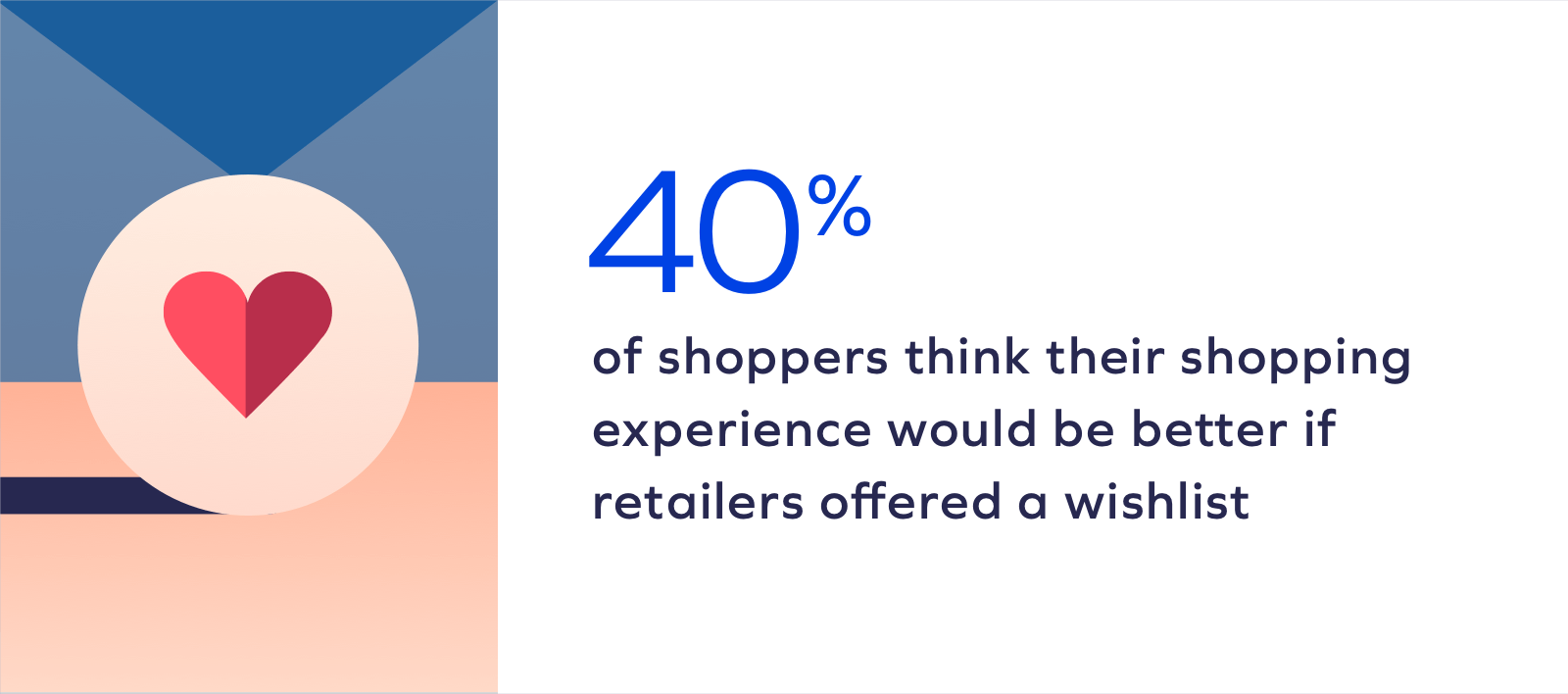
Consumers use wish lists for a variety of reasons. They may be considering a product, but they’re not ready to buy it. Or, an item is out of stock in their preferred color or size, and they want to remember it so they can purchase it when it’s back in stock. They may also be creating a wish list to share with friends and family for special occasions, like birthdays.
No matter the reason they create it, that wishlist is a powerful marketing tool for brands. Here are some ways you can leverage wishlists to boost sales.
Those who add your products to their wishlist are further along in the sales funnel than those who are just browsing, and you already know which items they like. A targeted message could be just the thing that gets them to convert.
Tools like Wishlist Plus offer eCommerce brands easy plug-ins, customization, and other features. No matter which tool you choose for your site, you want to make sure that it integrates well with your current shopping platform and third-party apps.
The #1 thing you get from customer wish lists is data. You collect data from every user who visits your store, but if they don’t make a purchase, you don’t really know what they want. With wishlists, you get to look deeper. And when you look deeper into thousands of customers at once, patterns emerge, and they can better inform your product marketing.
Let’s say 150 customers wishlisted your item, and only 5 of them purchased it. You can then experiment with different product descriptions, price points, or offers to see what makes them convert. Then you can take those learnings and apply them across your store.
You can also use wishlists to plan stock levels. For example, if it’s November and 250 people add an item to their wishlist, that probably means they are either buying it for someone else or they want someone to buy it for them, and they’re going to do it in the next month. Then you can assess whether you have enough of that item in stock, or if you need to order more.
The more you know about your customer’s behavior and preferences, the better you’ll be able to deliver superior customer experiences. And that translates to higher brand loyalty and more sales.
Wishlists come in all shapes and sizes, but there is some basic functionality they should all have in order to create a good customer experience. Here are the six most important things to focus on.
Adding a product to their wishlist must be easy with just one click. It needs to be conveniently placed so that it creates a seamless shopping experience.
The customer’s wishlist should be accessible from anywhere on the website, not just a designated wishlist area. This can be achieved with floating icons on all pages or header menus.
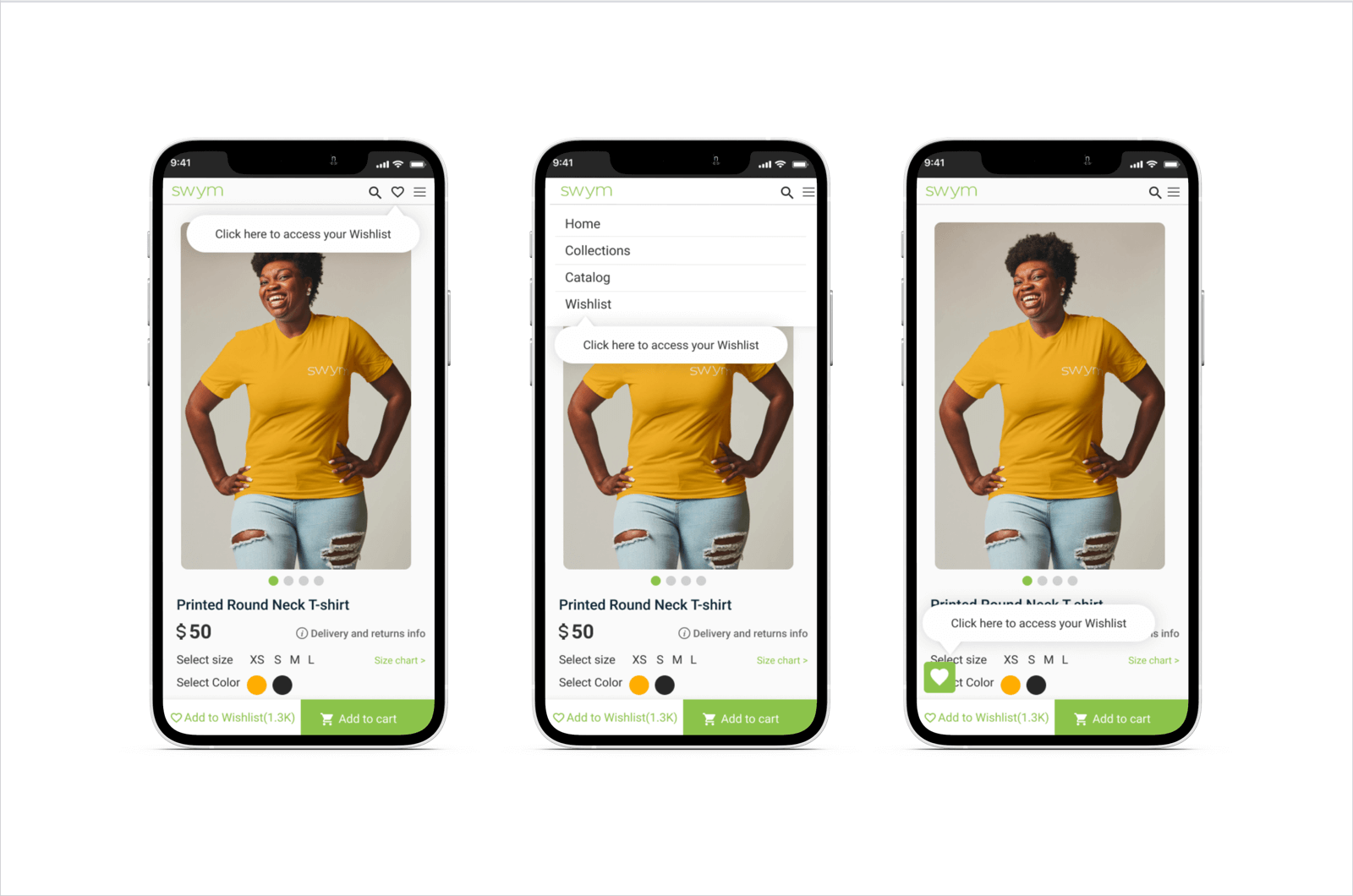
A majority of eCommerce visits happen on a mobile device, so it is imperative that your wishlist module be compatible with all devices — be it a desktop, mobile phone, or tablet.
Resist the urge to make customers become members and log in to use the wish list; anonymous users should also be able to access the functionality. We see a significant increase in customer engagement on sites that don’t hide features behind login.
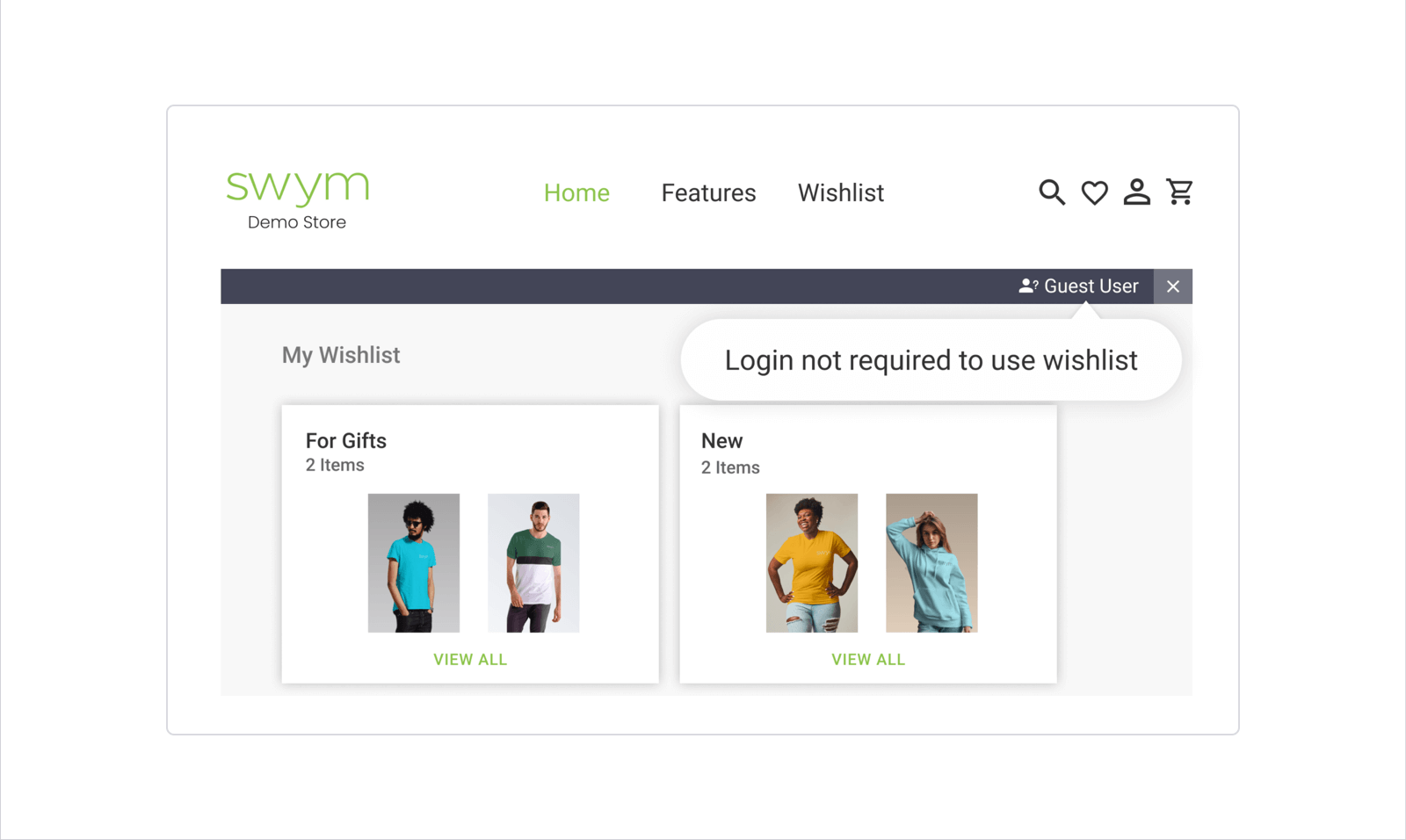
If a customer creates a birthday wishlist, they need to be able to share it with friends and family via email or text. Share buttons with options for different platforms can make this more user-friendly.
Social share buttons are also essential, especially when it comes to engagement and retargeting. Store owners can use wishlist data for targeted ad campaigns based on a customer’s shopping history.
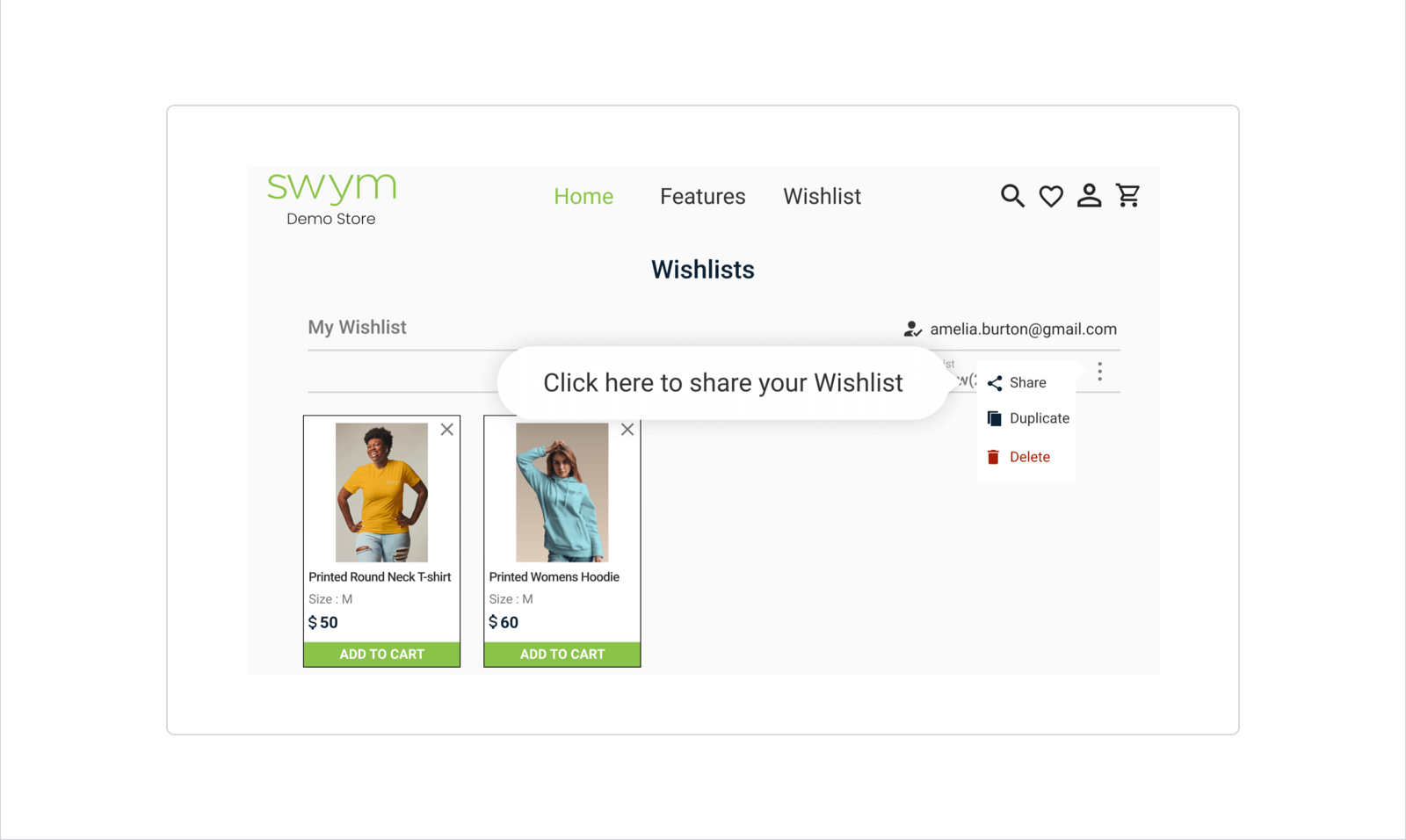
Wishlists are a win-win for brands and consumers alike. Brands get important data and targeted marketing opportunities, and consumers get to keep track of items that they want to buy later. Smart implementation and leveraging of insights will ensure that your customers come back to complete their purchases (or get someone else to do it for them!)
Your information will be treated in accordance with our Privacy Policy

This will take just a moment…We're finding the right person on our team to help your brand!
“Yotpo is a fundamental part of our recommended tech stack.”
 Laura Doonin, Commercial Director
Laura Doonin, Commercial Director



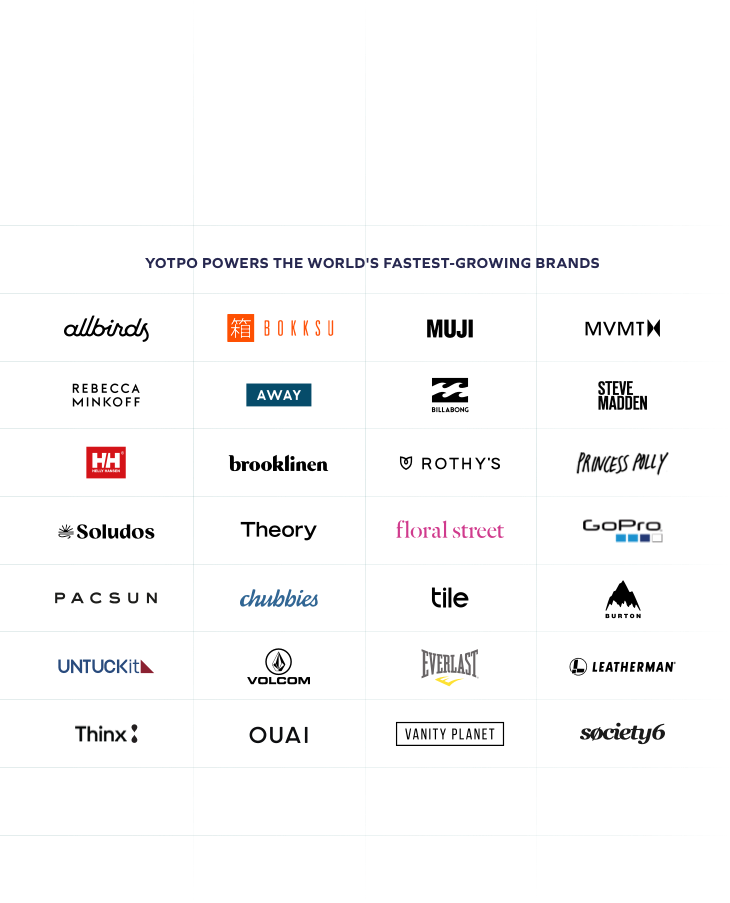






 Join a free demo, personalized to fit your needs
Join a free demo, personalized to fit your needs